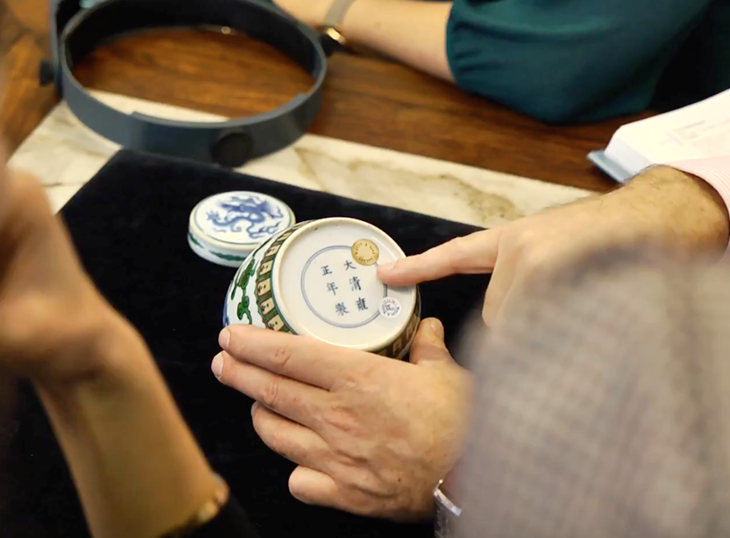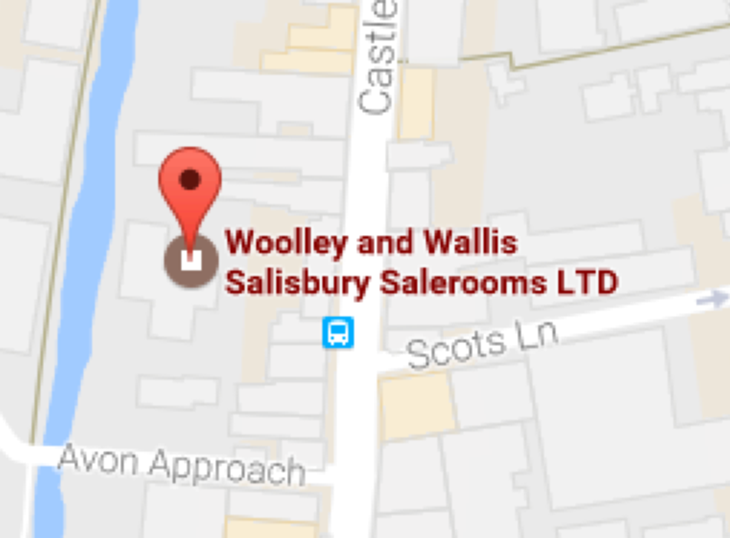Test Pilot Set To Fly At Auction
18th August 2016The vital and sometimes overlooked contribution of test pilots to the 1939-45 war effort is well illustrated by the superb combination of a Distinguished Flying Cross with an Air Force Cross and Bar awarded to Squadron Leader (later Group Captain) Harry Alexander Purvis R.A.F. Accompanied by the recipient’s flying log books and his dress miniature medals, they represent part of the career of an extraordinarily courageous and skilful aviator.

The D.F.C. and the A.F.C. were instituted in 1918 as decorations for acts of ‘valour, courage or devotion to duty whilst flying’. In the case of the former award this was to be ‘in active operations against the enemy’ and of the latter ‘though not in active operations against the enemy’. Thus the A.F.C. was the natural reward for those fearless individuals who risked injury and death in the effort to develop vital aerial weaponry, in an era when the boundaries of aviation technology were being advanced with hazardous rapidity. Purvis was at the forefront of this work, and became one of only 26 men in this period to be awarded the A.F.C. not once, but twice, as denoted by the bar.

It is further testament to the breadth of his wartime service that he was also awarded the D.F.C. – the reward for bravery whilst flying on active operations against the enemy. In late 1939 the RAF developed an aerial countermeasure to Nazi Germany’s magnetic influence sea mines, which posed a grave risk to our vital sea lanes. A Vickers Wellington (P2518) was fitted with a huge balsawood hoop that housed a powerful electromagnetic coil. The intention was to fly low over the sea, so that the downward pointing magnetic field would detonate the mines lurking beneath the waves. ‘Bruin’ Purvis, having tested the functional capabilities of this unconventional aircraft, then took the further - and extremely hazardous - step of trialling its mine destroying ability in January 1940. The Operations Record Book for No.1 G.R. Unit, R.A.F. Manston, records that a mine was successfully destroyed on the 8th of that monththat month and notes that ‘Aircraft’s Height was 25-30 feet’. Neither the possibility that the huge upsurge of water resulting from the explosion might the aircraft down, nor the interference of the enemy in later trials, were any deterrent to this steely nerved man.
His remarkable story also includes the testing of prototype Spitfires, and in May 1942 he was posted to the Aeroplane and Aeronautical Experimental Establishment (A&AEE) at Boscombe down in Wiltshire. We are reminded of the dangerous nature of his work by the fact that his predecessor had been killed in a crash, and that ‘there had been so many fatal accidents…. that there was a need for a great personality to revive the general spirits of the comparatively inexperienced survivors.’ Bruin Purvis, described at the time by Lieutenant Commander Denis Campbell F.A.A. (himself an operational and test pilot of great stature) as ‘the best pilot in the R.A.F.’, was just such a personality. Whilst testing the new Lancaster Mk VI in 1944, he suffered an engine fault that forced him to crash land. With consummate skill he avoided the destruction of life and property in the land below him, and preserved the lives of his crew, before strolling to his home (coincidentally nearby) and announcing to his wife “I was in Amesbury to I thought I would pop in for a cup of tea.”
The medals and logbooks are to be offered in our October 19th auction of Medal and Coins, Arms & Armour. The lot carries a presale estimate of £5,000 - 6,000.



